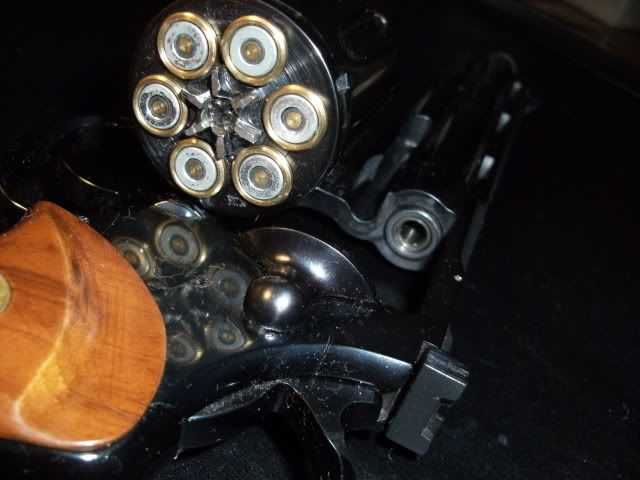johnwilliamson062
Moderator
I'm thinking offset inserts for the chambers. Those could be loctited in and not permanent. Could be long enough to function at low velocity with-out augmentation of the barrel.
I COULD drill the barrel and add an insert. The insert would have to be off center to match the chamber insert offset. Drilling that offset with a pilot hole already present would be the hardest part. Maybe with a bushing.
Probably start in either a Colt police positive with an obsolete(as defined by me) chambering, or maybe a Nagant revolver.
Anyone want to comment as to how close the liner and barrel need to line up? Actual dimensions, not "real close." .002 ok? I could install the barrel liner first along with chamber insert blanks, then indicate the bore and drill down it with a thin pilot drill(I can probably get a discarded dull one from work and sharpen it), then indicate the hole created on the cylinder and finish from the other side with the cylinder removed.
I COULD drill the barrel and add an insert. The insert would have to be off center to match the chamber insert offset. Drilling that offset with a pilot hole already present would be the hardest part. Maybe with a bushing.
Probably start in either a Colt police positive with an obsolete(as defined by me) chambering, or maybe a Nagant revolver.
Anyone want to comment as to how close the liner and barrel need to line up? Actual dimensions, not "real close." .002 ok? I could install the barrel liner first along with chamber insert blanks, then indicate the bore and drill down it with a thin pilot drill(I can probably get a discarded dull one from work and sharpen it), then indicate the hole created on the cylinder and finish from the other side with the cylinder removed.



